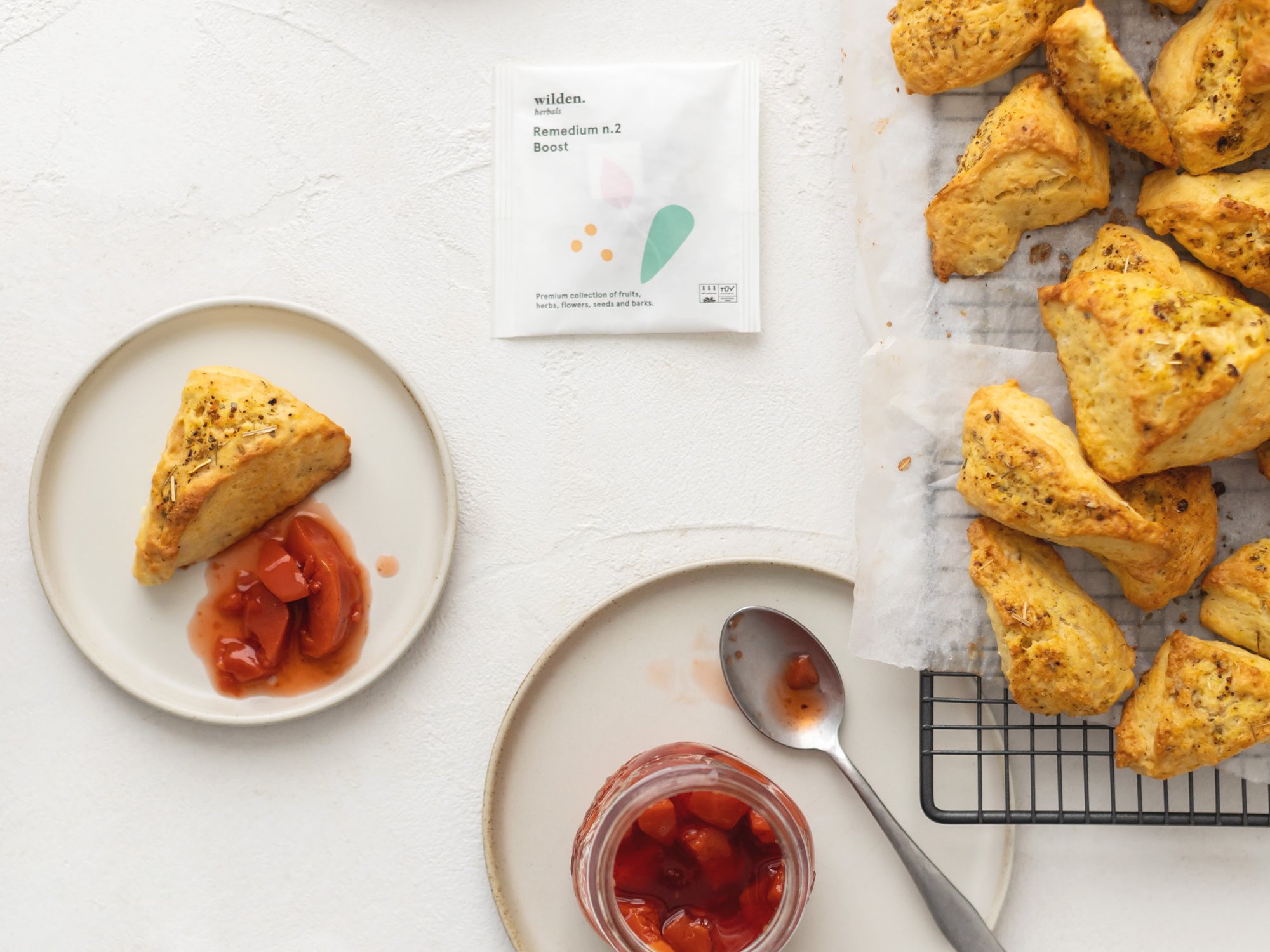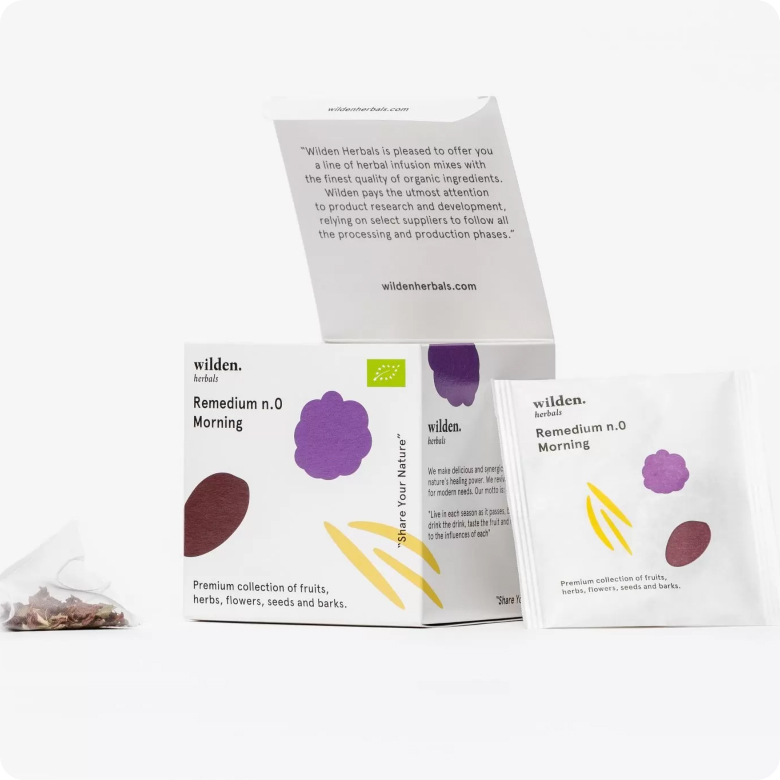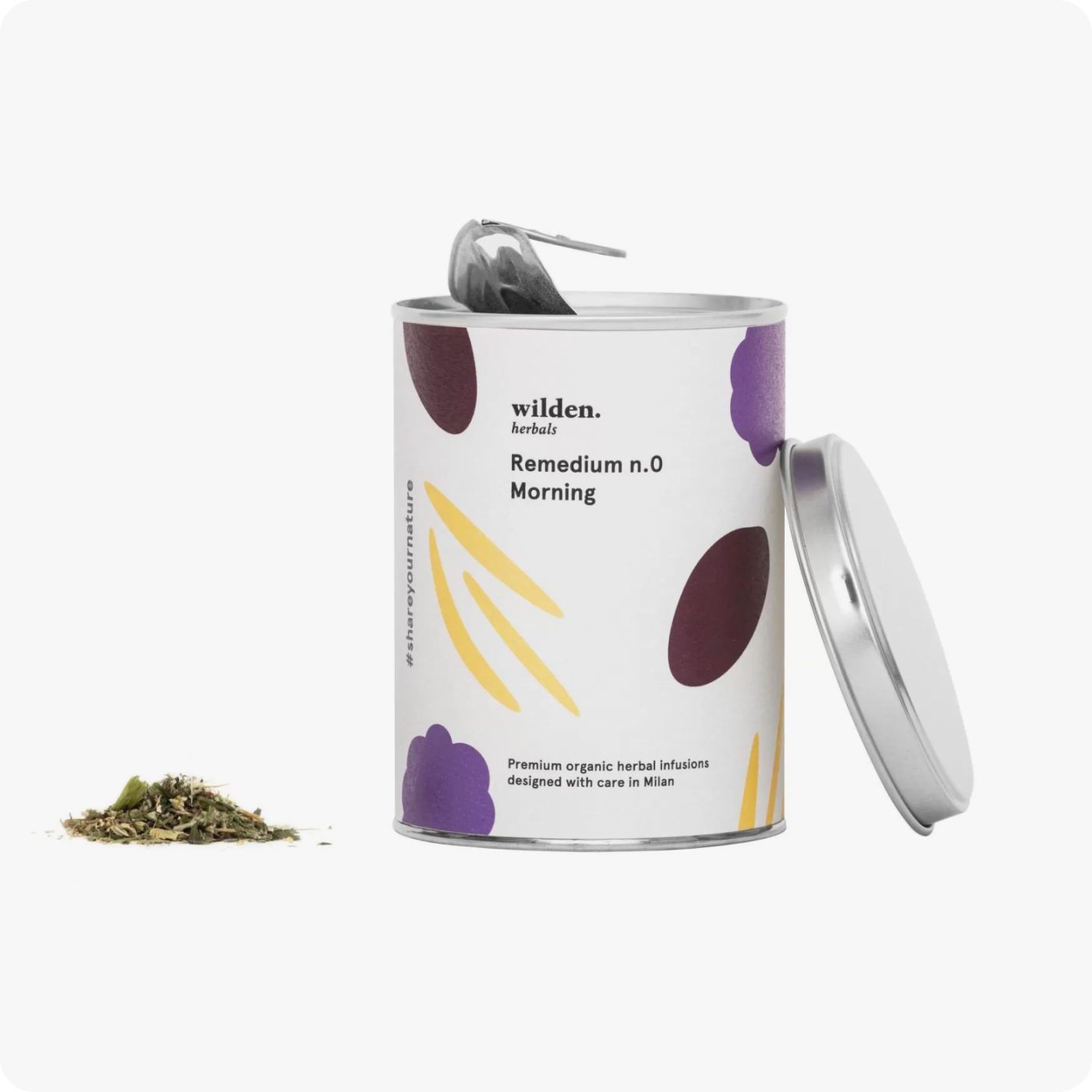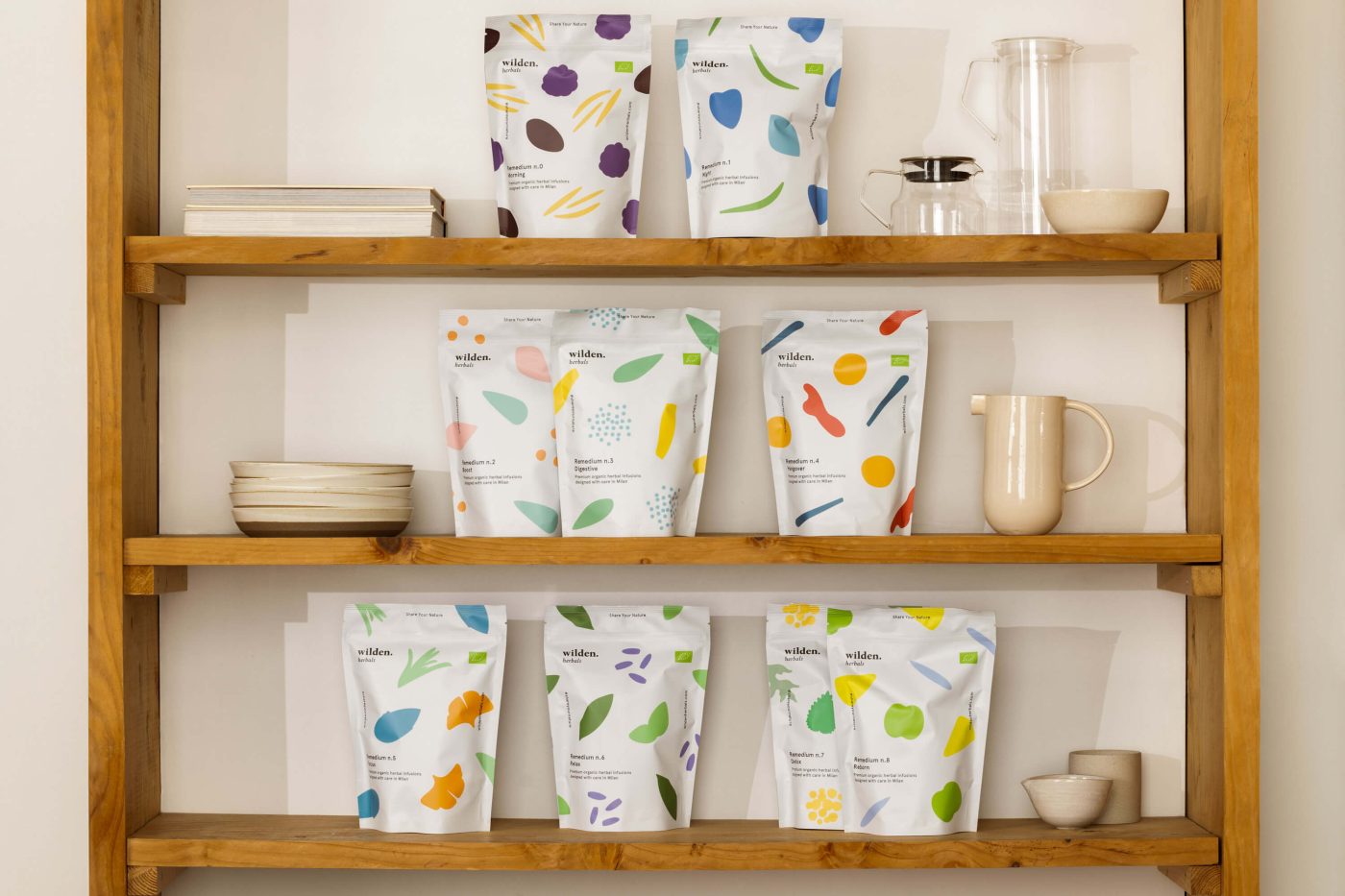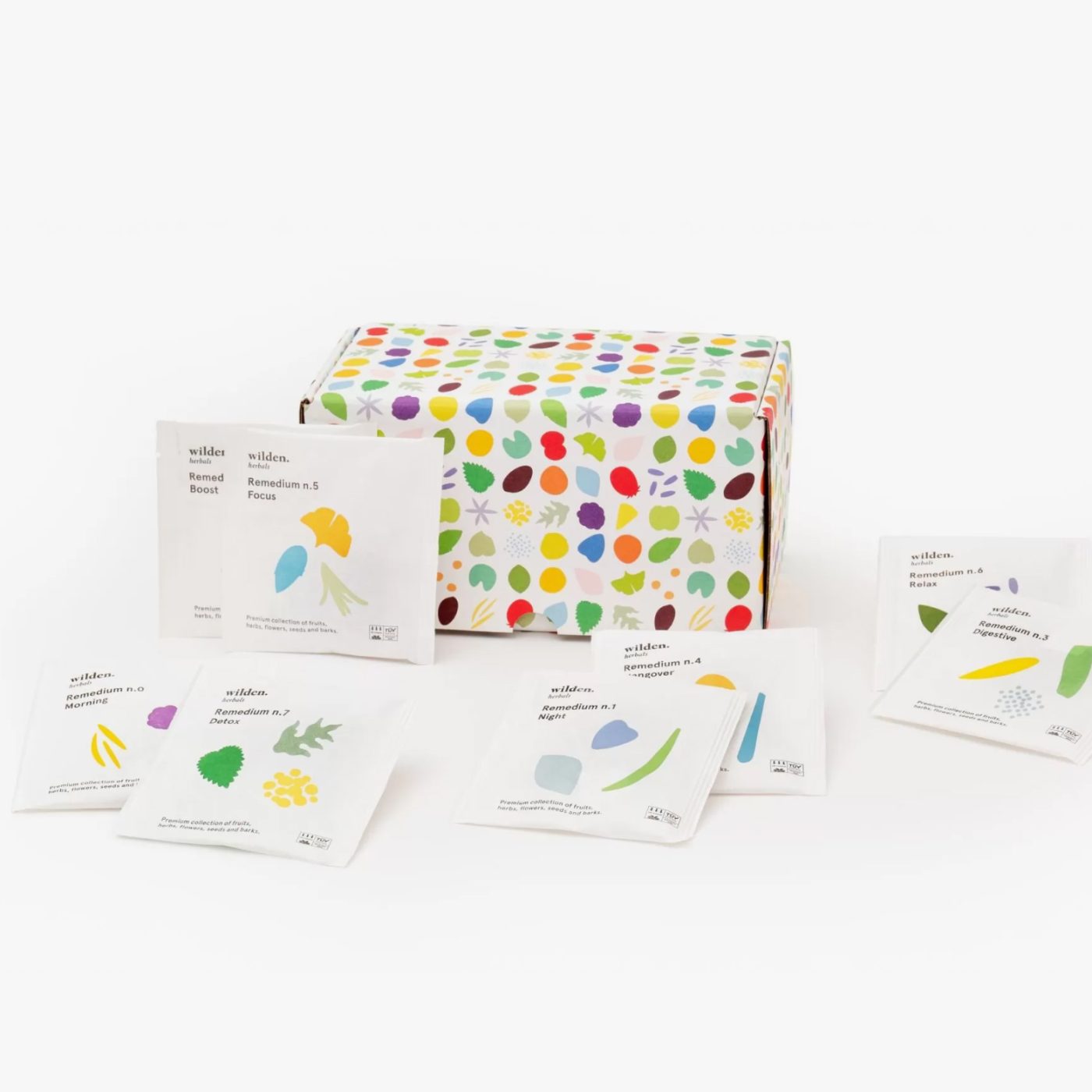Breastfeeding, instructions for use: everything you need to know
Breastfeeding is the best source of nourishment for infants: it brings a huge amount of health benefits not only for the baby but also for the mother
Breastfeeding is the most effective way to ensure proper nutrition and health of children. The WHO recommends it as the exclusive method of feeding for the first six months, but suggests that it remain as a priority choice even up to two years of age, or in any case as long as mother and baby wish. According to a recent survey, 2 out of 3 children continue with breastfeeding even after the first six months.
In recent decades, many products that can replace breast milk have appeared on the market around the world. Of course, breastfeeding requires commitment, organization, time and energy. But, when possible, its advantages make it the best option. However, it remains a personal or physical choice: some people cannot breastfeed for medical, biological or psychological reasons; it is in any case an individual choice that should be respected.

What is breastfeeding
Let’s start with the obvious: breastfeeding means feeding with breast milk. As we said a few lines above, medical associations recommend it as the exclusive method for the first six months, then without supplementing it with anything else, not even water, juice or formula.
The first few days after birth, the mammary glands produce a very thick, yellowish-colored fluid called colostrum. It is a concentrate of nutrients and fats, ideal for an infant’s very first meals, which also helps stimulate the infant’s digestive tract. Gradually the colostrum is replaced by the actual milk that provides the appropriate nutrients and antibodies for the baby’s needs at this stage.
How breastfeeding works
As pregnancy progresses, the brain and hormones in the body signal the mammary glands, which are responsible for milk production, to prepare for the baby’s arrival. Here then is what happens in a very practical way: the action of sucking (mechanical stimulus) sends the message to the brain that the demand for milk has arrived, in turn releasing prolactin and oxytocin. Prolactin induces the alveoli to produce milk. Oxytocin causes muscle contractions to release milk through the ducts.
What are the benefits of breastfeeding for the baby
- Breast milk contains all the nutrients a baby needs: including vitamins, protein and fat
- Breastfed babies have lower rates of allergies, asthma and respiratory problems
- Breastfeeding stimulates a healthy immune system and provides antibodies that help fight viruses and bacteria
- Breast milk is more easily digested than formula milk
- Physical proximity, skin-to-skin contact, and eye contact give a feeling of security to the child and help create a very strong bond
What are the benefits of breastfeeding for the mother
- During breastfeeding , hormones are released that support the body to recover after labor and help the uterus return to its normal size
- Statistics say that among women who breastfeed the rates of different types of cancer are more base, thus it appears that hormones released during breastfeeding play a protective role particularly with respect to cervical, ovarian, breast and uterine cancer
- Breastfeeding also reduces the risk of osteoporosis, type 2 diabetes and hypertension
- Breastfeeding is a precious time that helps reestablish a very intimate contact after childbirth
- Plus it is the most convenient, healthy and safe option, as well as practical. But remember that producing milk consumes a lot of calories and energy-it is important to maintain a balanced and healthy diet.

Most common breastfeeding problems and solutions
- Clogged milk ducts: massaging or warming the breast before breastfeeding may help
- Mastitis: is an infection of the breast that causes inflammation of the tissues, when it occurs the skin feels red and warm to the touch. Mastitis is usually caused by a blocked milk duct or bacteria
- Nipple pain or pain during breastfeeding: usually disappears after the first few weeks
- Breastfeeding attachment difficulty: this is an issue that happens to many mothers. We recommend that you talk to a lactation consultant about the correct positions
- Poor milk production: increase the frequency of breastfeeding and make sure to empty the breast after each feeding, as well as consume foods or herbs that can stimulate milk production
How medicinal plants can stimulate milk production
At Wilden, we believe in using the natural properties of plants to support the needs of different parts of our lives. To stimulate milk production, we have made an infusion of fennel(Foeniculum vulgare), green anise(Pimpinella anisum), galega(Galega officinalis), lemon(Citrus limone), alfalfa(Medicago sativa) and verbenaodorosa (Verbena odorosa). The synergistic effect of these galactogogues helps to increase the amount of milk while providing a restorative effect for the mother.

In our blog, you will find other content that may be of interest to you regarding breastfeeding and specifically milk stimulation. You can find them in our new feature dedicated to the Wilden.herbals Health line.
Bibliography
- World health Organization. Breastfeeding. https://www.who.int/health-topics/breastfeeding#tab=tab_1 Accessed 19/10/22
- Cleveland Clinic. Lactation. https://my.clevelandclinic.org/health/body/22201-lactation#:~:text=When%20your%20baby%20suckles% 2C %20it,and%20through%20the%20milk%20ducts. Accessed 19/10/22

